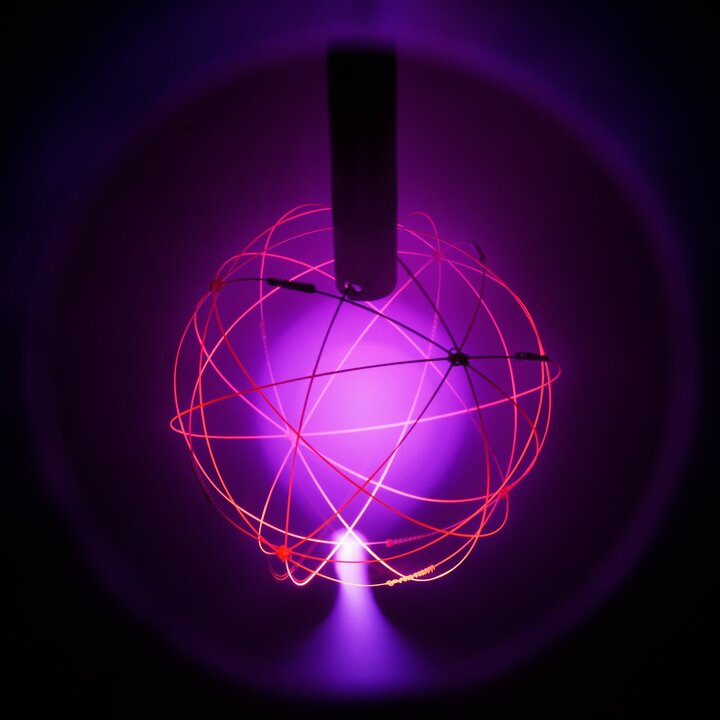Sensorics are the key to burn control and the success of fusion
Fusion research has entered a new era with the construction of ITER: the emphasis of the research shifts from the fundamental understanding of the plasma behavior, to the control of the burn. Focusing on the latter as the scientific challenge of the project, three different disciplines meet: the control systems to keep or bring the plasma at/to the desired state, the plasma physics modeling to predict the effect of the actuators at hand on the actual state, and the instrumentation development, to extract the present state of the plasma in the experiment. Integrating these three topics is the key to burn control and the success of fusion. The present focus is at the beam aided spectroscopy diagnostics: the charge exchange recombination spectroscopy to monitor the fusion ash and plasma temperature, and the motional stark effect diagnostic to control the current profile and plasma equilibrium. The group is involved in these activities for ITER, at W7x (Germany) and KSTAR (Korea).
Meet some of our Researchers
Recent Publications
Our most recent peer reviewed publications
-
T.O.S.J. Bosman,I.G.J. Classen,T. A. Wijkamp,A. Perek,G.L. Derks,J.T.W. Koenders,L. Martinelli,R.J.E. Jaspers
Demonstration of a sparse sensor placement technique to the limited diagnostic set in a fusion power plant
Fusion Engineering and Design (2024) -
T. Wijkamp,M. Hoppe,J. Decker,B. Duval,A. Perek,U. Sheikh,I. Classen,R. Jaspers
Resonant interaction between runaway electrons and the toroidal magnetic field ripple in TCV
Nuclear Fusion (2024) -
F. Reimold,R.J.E. Jaspers,A.J. Edmondson,O.P. Ford,B. Geiger,S. Jabłoński,M. Kubkowska,P. Zs Poloskei,L. Vanó,T. Klinger
Evaluation and validation of radial impurity density profiles from CXRS using neutral beam modelling in W7-X
Plasma Physics and Controlled Fusion (2023) -
F. Reimold,R.J.E. Jaspers,O.P. Ford,L. Vanó,T. Klinger
Suppression of anomalous impurity transport in NBI-heated W7-X plasmas
Nuclear Fusion (2023) -
T. Wijkamp,J.S. Allcock,X. Feng,B. Lipschultz,K. Verhaegh,B. Duval,J. Harrison,L. Kogan,N. Lonigro,A. Perek
Characterisation of detachment in the MAST-U Super-X divertor using multi-wavelength imaging of 2D atomic and molecular emission processes
Nuclear Fusion (2023)
